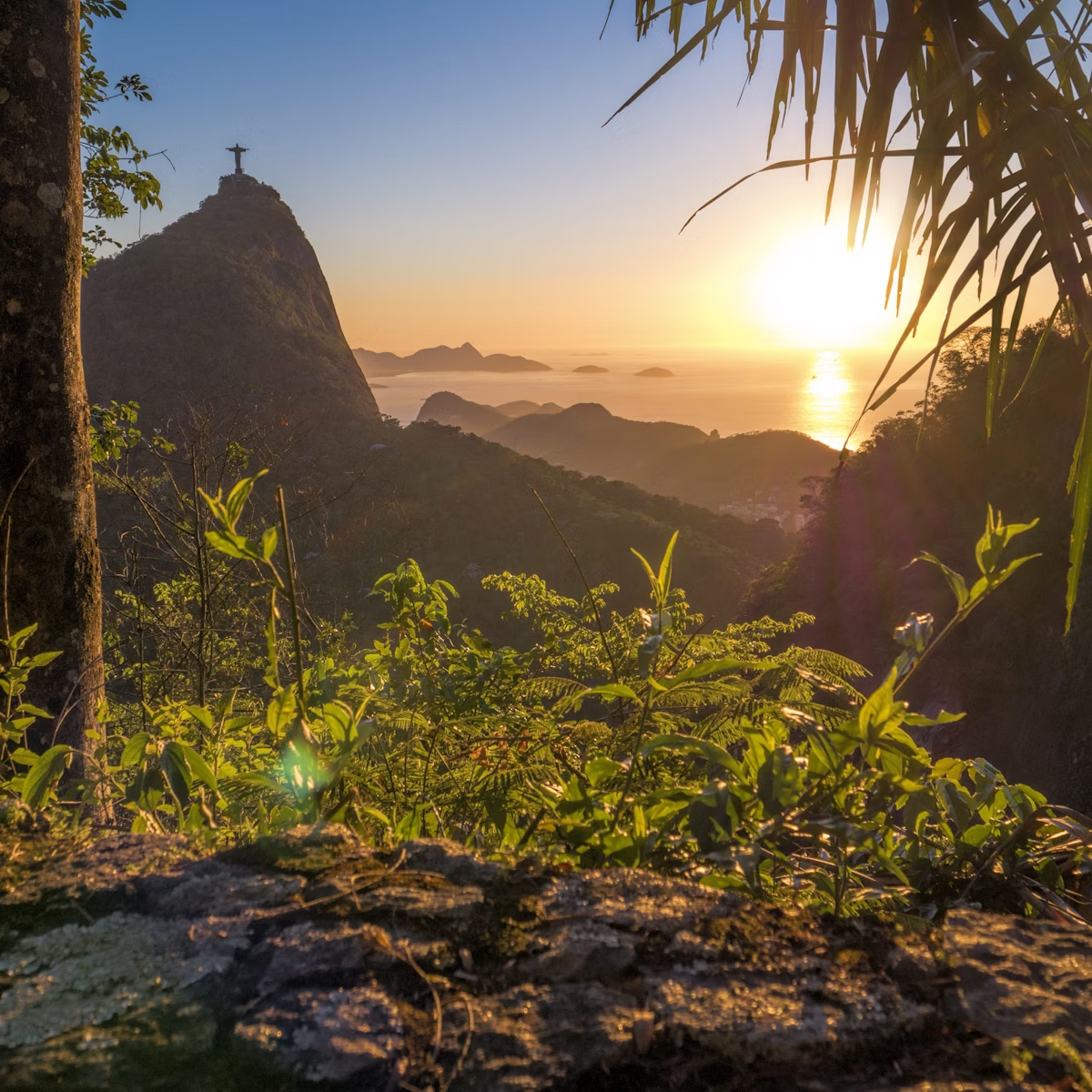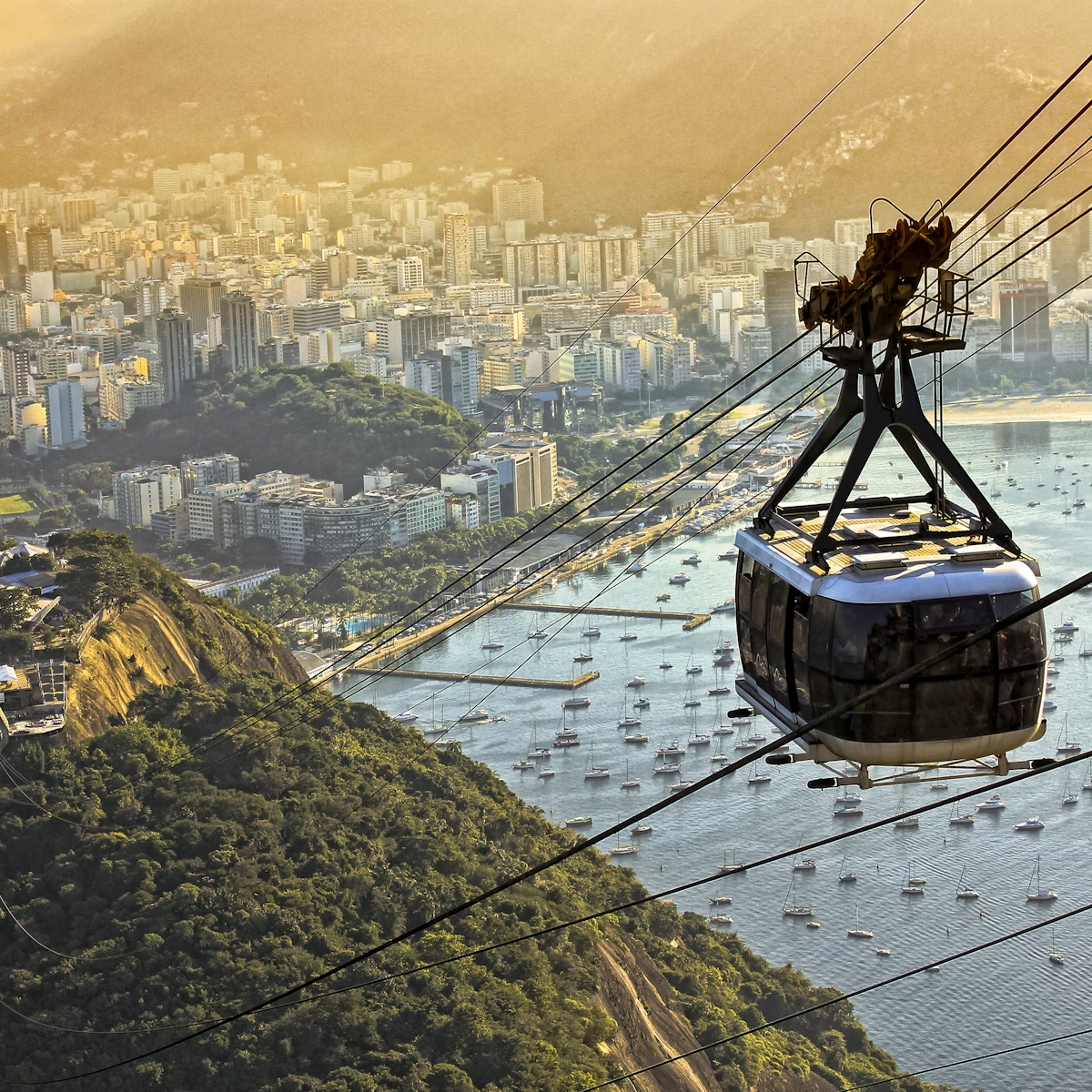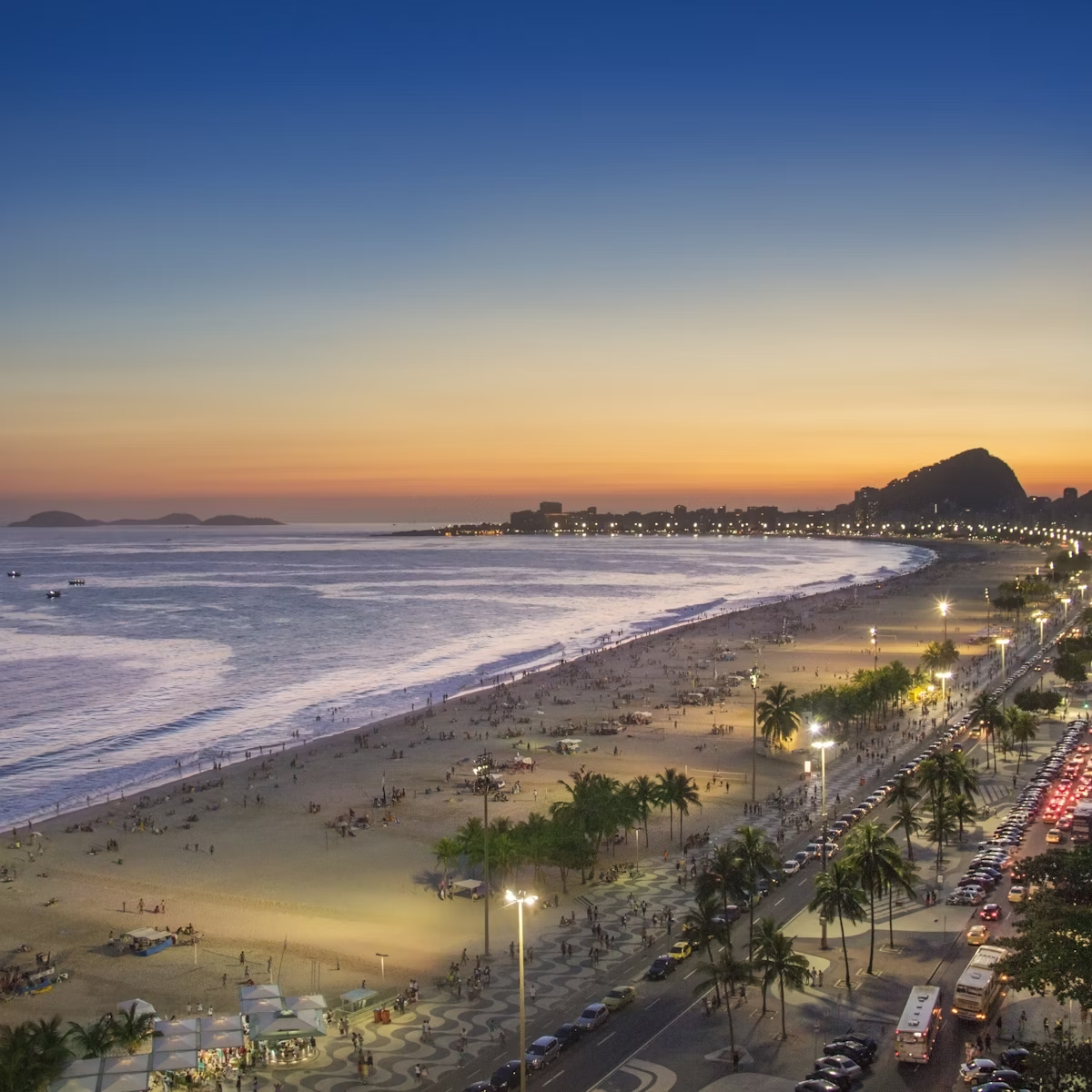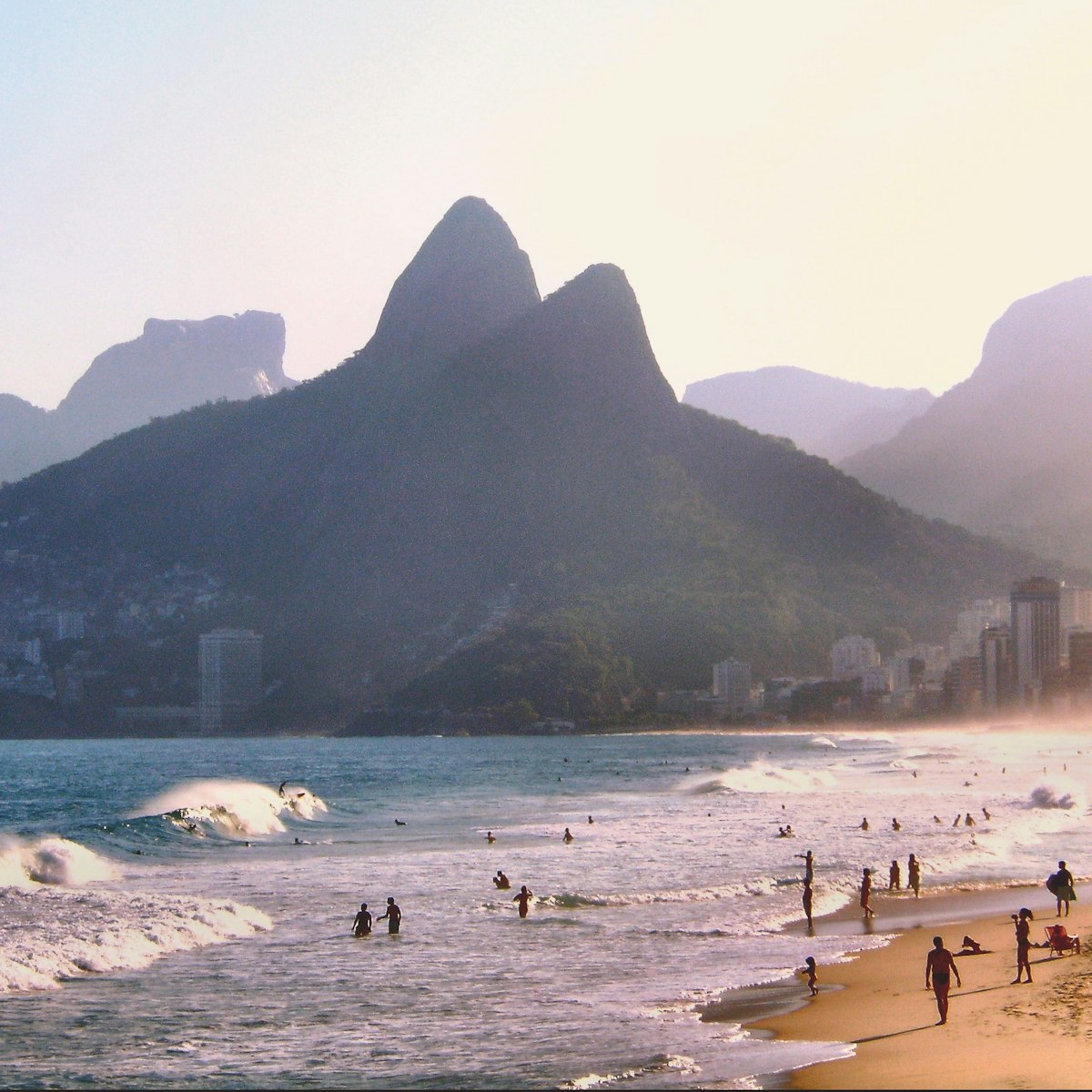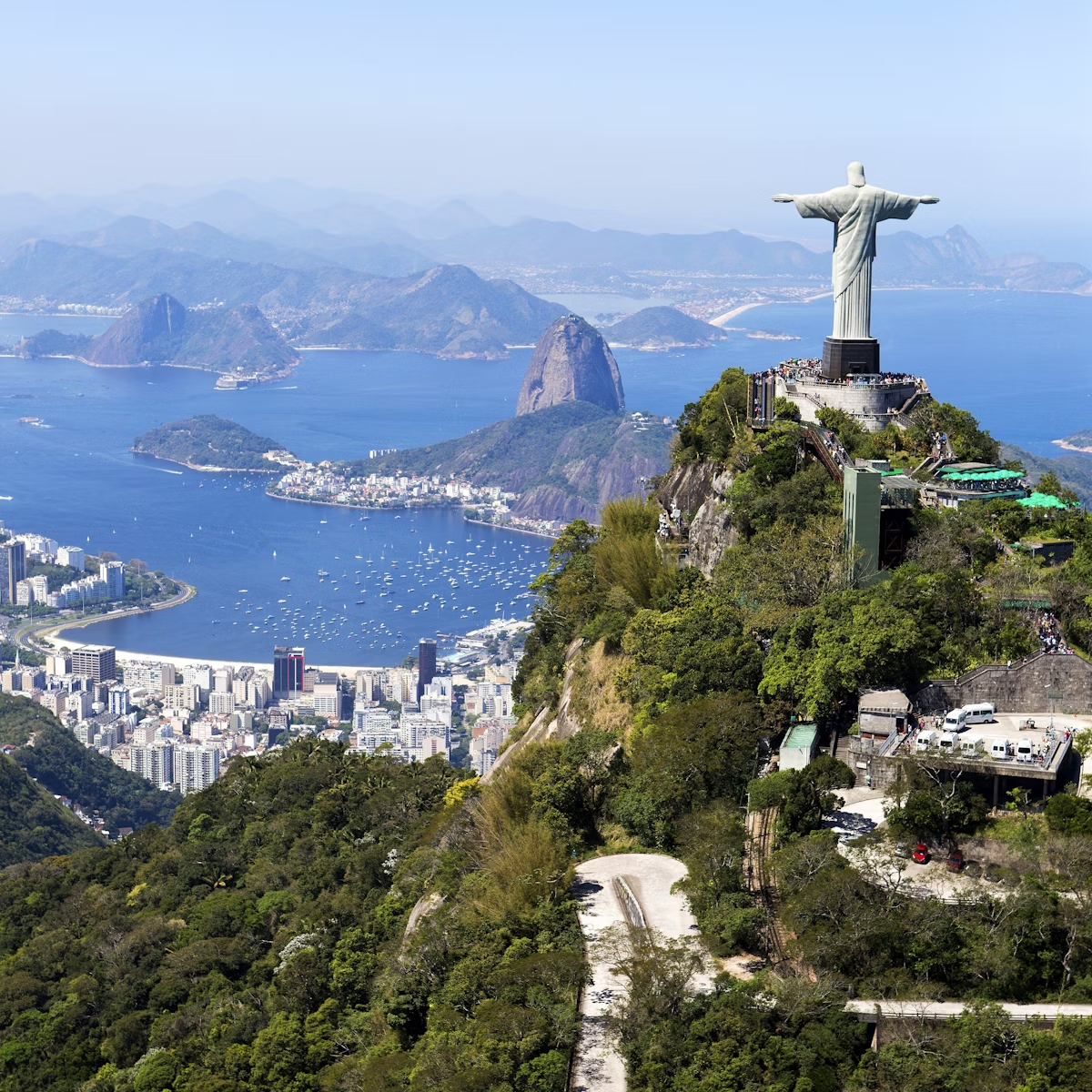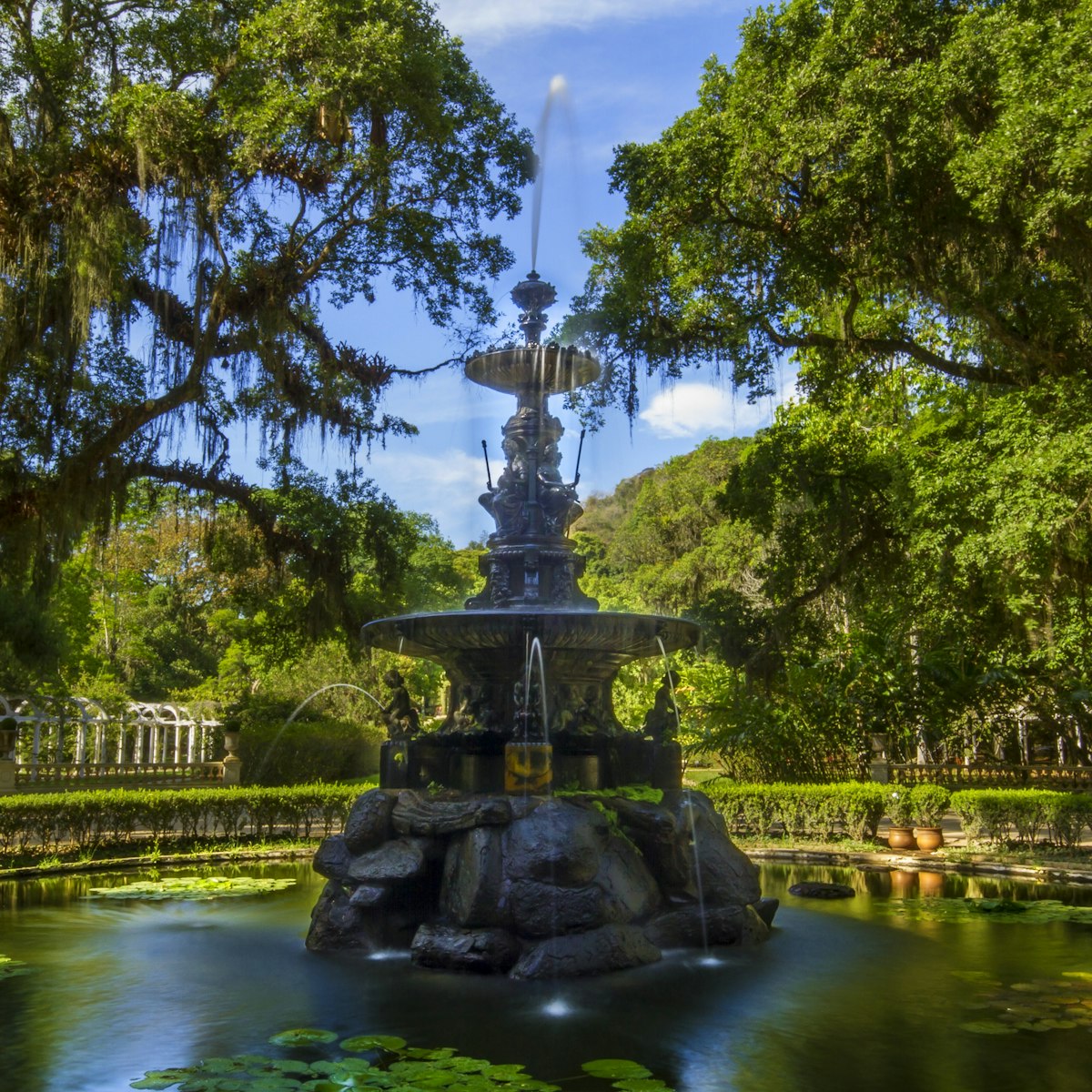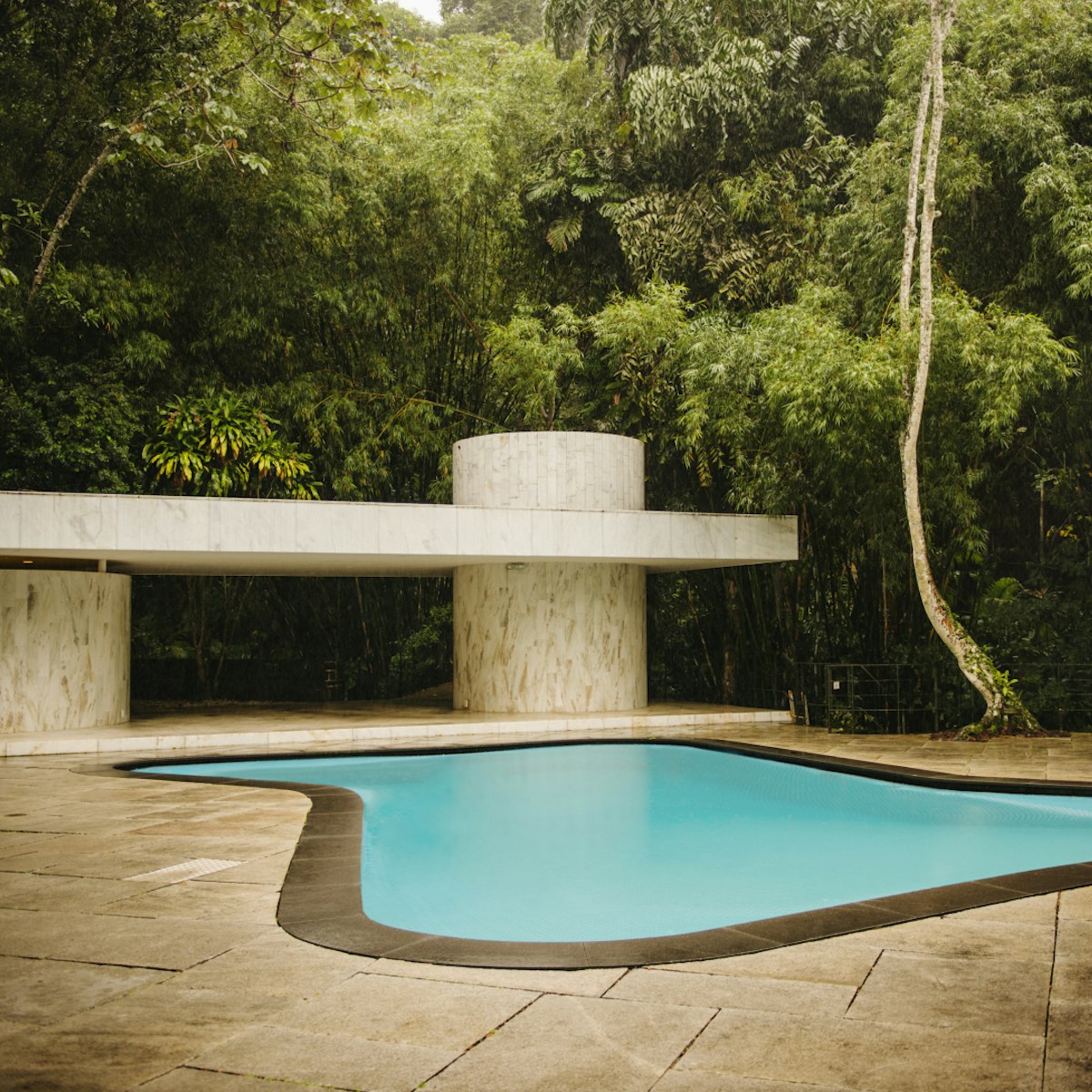The former mansion of art patron and industrialist Raymundo Ottoni de Castro Maya contains a small but diverse array of modern art, formerly Ottoni's private collection, which he bequeathed to the nation. In addition to works by Portinari, Di Cavalcanti and Lygia Clark, the museum displays furniture and Brazilian maps dating from the 17th and 18th centuries, and hosts temporary exhibitions.
Beautiful gardens surround the building, and a panoramic view of Centro and Baía de Guanabara awaits visitors.
